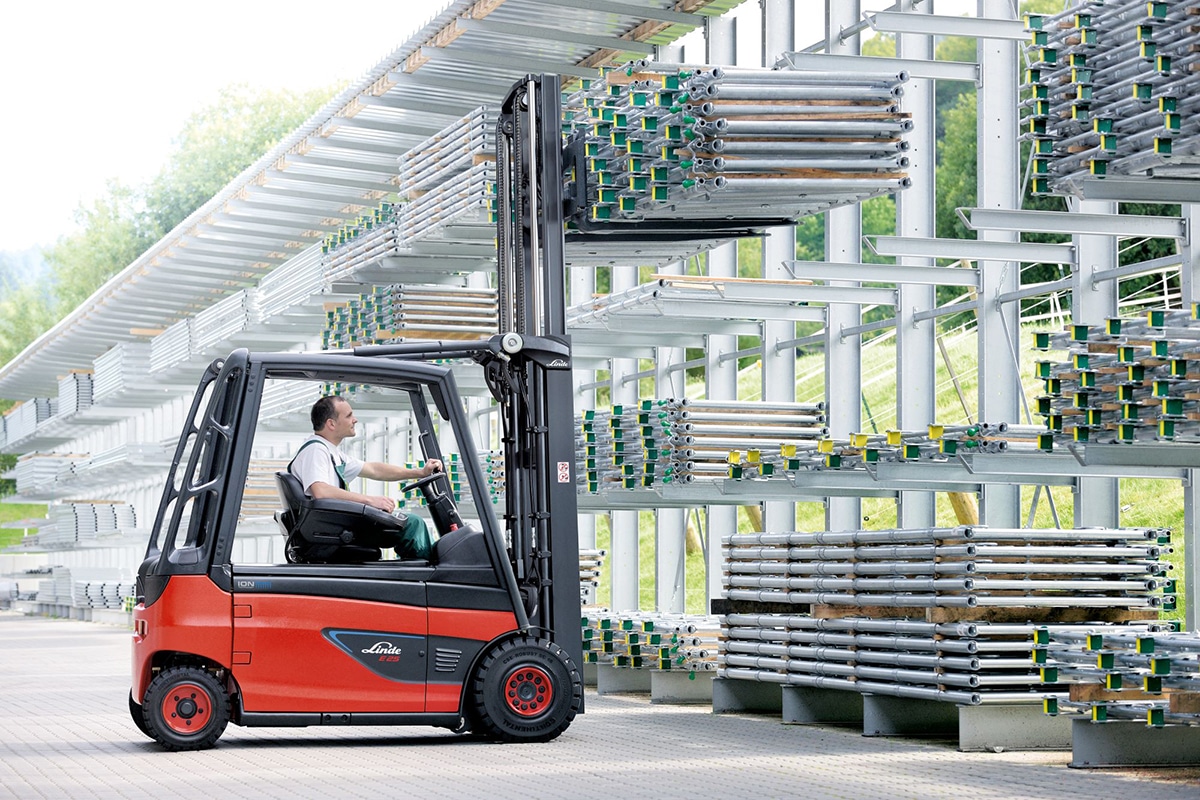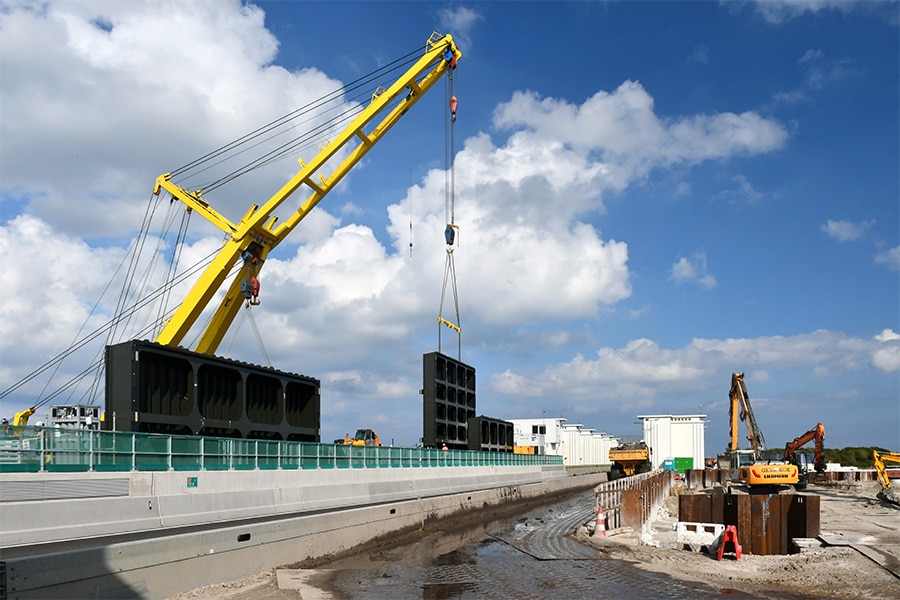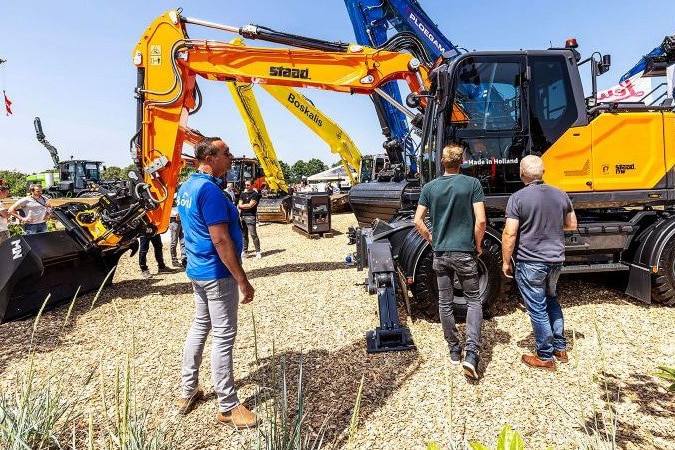
Renovation infrastructure for electric ferry GVB
The Amsterdam Municipal Transport Company (GVB) operates three ferries across the North Sea Canal and one across the IJ River. In recent years, a lot of work has been done to replace the diesel-powered ferries with electric ferries. In this extensive project plan, Pilz was given the task of making the electrical infrastructure at the docking and mooring points suitable for these new means of transport. An extensive innovation project in which the ferry simply continued to sail.
As operator of several ferry services in and around Amsterdam, the GVB is responsible for both the running of the services as well as the maintenance of the ferries and associated technical infrastructure. The ferry sailing from Zaandam-Noor to Amsterdam (Hempont) uses two so-called traps on both sides. Both traps contain a moving bridge section that allows all motorized traffic to safely and smoothly drive on and off the ferry.

In need of replacement
All the technology needed to control this bridge deck section and the traffic equipment (barrier and lights) is located in cellars under the mooring. Casper van der Werf is Program Manager at GVB Veren: "In recent years we noticed that this technology was becoming outdated and in need of renovation. This created a good moment when it was decided to replace the diesel-driven ferries with electric ferries. With rechargeable battery packs, in other words."
Because renovating the infrastructure in the basements and installing the charging stations would be a large-scale job, the work was put out to tender. Based on planning, price and plan of action, Pilz was awarded the contract. The company also had to deal with a major challenge: the ferry had to be able to sail normally throughout the project.

From inventory to realization
Pilz started by taking stock of the existing situation and drawing up a project plan. The next task was to build a temporary installation so that the timetable could continue in all cases. Christian Oort, project manager at Pilz: "This system was first thoroughly tested so that it was certain to work reliably. It was special every time to remove the cables from the fixed installation and connect them to the mobile variant. But it worked well!"
Electric motors and electrics
For the new situation, it was important to achieve at least the same functionality; but with a number of extras. For example, the old electric motors for driving the bridge deck section were replaced with frequency-controlled motors. This made the system safer and the lifetime of the motors longer.
Another part of the work involved replacing most of the cabling in the basements. BAM pulled the extra cabling to power the two charging points set up on the side of the two ponds. Casper van der Werf: "In principle, the ferries are charged every time they moor. This is not necessarily necessary in terms of capacity, but it does increase the reliability of the timetable. And besides: if you do it every time, the chance of forgetting is also smaller."

Control cabinets
The contents of the control cabinets have also been completely replaced with new components. On one side of the basement is the cabinet containing all the components for controlling the bridge deck section and the barrier. In the new situation, by applying two safety PLCs, a separation has been made in the control of these two items. Furthermore, several interlockings have been realized that, among other things, prevent the bridge deck section from moving when the battery pack is charged. For that matter, should the voltage drop, the bridge deck section can also be operated manually if necessary.
The other control box includes all I/O for the traffic devices. This includes various types of lighting needed to control shipping - especially during dark hours. Here, too, Pilz has built in a degree of safety. For example, the lamp voltage is automatically measured so that the operation of the lamps is constantly monitored.

Collaboration
Both parties have no complaints about the cooperation. The GVB construction team was clear in its demands and wishes towards Pilz and is more than satisfied with the final solution. Casper van der Werf: "Actually, it turned out better and more beautiful than we had imagined. We are also satisfied with all the efforts that have been made to keep the ferries running. By building a separate installation to which we could switch at the time of the work, the timetable practically never had to suffer. In addition, our people worked well together and that makes it pleasant anyway. We are now waiting for the grid operator to connect the transformer house and the delivery of the electric ferries. We are looking forward to it immensely!"



